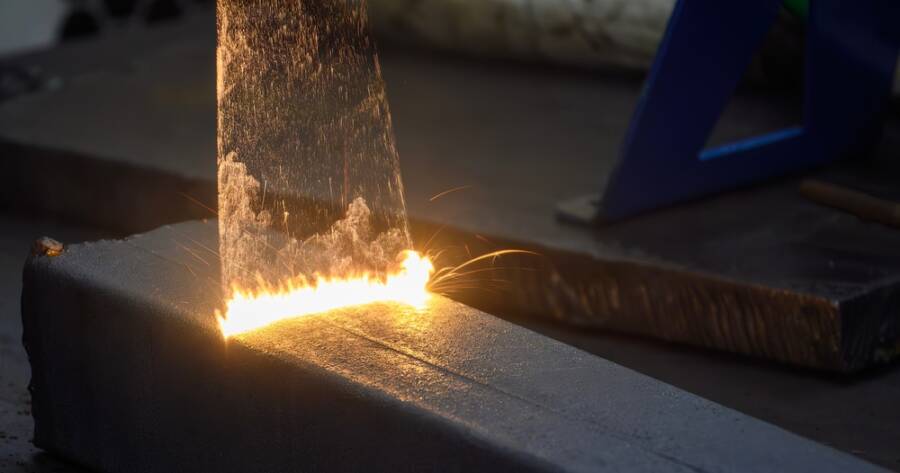Fiber laser cleaning technology emerges as a modern, effective alternative to sandblasting and chemical methods, utilizing concentrated laser beams for precision removal of contaminants. This non-contact, environmentally friendly process is invaluable across the automotive, aerospace, and electronics industries. Understanding its advantages in safety, cost-effectiveness, and adaptability can enhance operational capabilities and sustainability.
Understanding Fiber Laser Cleaning Technology
Fiber laser cleaning technology offers a remarkable alternative to traditional methods like sandblasting or chemical cleaning. Unlike these older techniques, which often require abrasive materials or chemicals, laser cleaning uses highly concentrated laser beams to remove rust, paint, grease, and other contaminants. This results in a non-contact cleaning process that minimizes the risk of damaging the underlying materials while providing an eco-friendly solution across various industries such as automotive, aerospace, and electronics.
Advantages Over Traditional Cleaning Methods
The primary advantage of laser cleaning lies in its precision and safety. Unlike sandblasting, which can damage delicate components due to its abrasive nature, laser cleaning is non-contact and preserves the integrity of delicate substrates.
This feature makes it ideal for industries where maintaining the base material is vital. Furthermore, laser cleaning produces minimal waste, eliminating the need for consumables like sand or chemicals and reducing the overall environmental impact.
Efficiency and Cost-Effectiveness
Although laser cleaning equipment has a higher initial investment, the long-term benefits are substantial. The operational costs are significantly lower since laser cleaning requires no consumables, and maintenance is minimal.
Businesses can experience improved workplace safety and reduced maintenance costs due to the laser cleaning’s precise operation on metals, plastics, stone, and other materials without the need for elaborate safety gear. Moreover, its non-contact nature reduces wear on equipment, further decreasing operational expenses.
Applications Across Various Industries
Laser cleaning is versatile, applicable to a wide range of industries from automotive and aerospace to electronics and historical restoration. Its ability to precisely target contaminants without the risk of damaging sensitive surfaces makes it indispensable for tasks requiring high precision. Apart from removing rust and paint, it is also effective in cleaning delicate surfaces and components such as electronic devices, meeting the stringent demands of the aerospace and medical fields.
Sustainability and Environmental Impact
Environmental sustainability is a crucial consideration in modern industrial processes. Unlike sandblasting, which generates dust and waste, laser cleaning, through its precise and targeted laser beams, vaporizes contaminants without generating excess waste. This process aligns with current environmental regulations and reduces the ecological footprint of industrial cleaning operations, making it a preferred choice for environmentally conscious businesses seeking eco-friendly solutions.
Portability and Ease of Operation
One of the compelling features of laser cleaning is its portability and ease of use. The equipment is often compact and does not require extensive setup or special environments, unlike sandblasting, which often involves large machinery and significant preparation. This portability allows for on-site cleaning and repair tasks, enhancing operational flexibility and efficiency for repetitive industrial applications.
Why You Should Learn More About Fiber Laser Cleaning Today
Fiber laser cleaning stands out as a modern and efficient solution for industrial cleaning needs. Its precision, cost-effectiveness, and environmental benefits make it an attractive choice for businesses keen on improving their operational capabilities while adhering to ecological standards.
As industries continue to evolve and require more sustainable practices, learning about fiber laser cleaning could provide valuable insights into optimizing and modernizing cleaning processes, providing significant long-term advantages over traditional methods.





